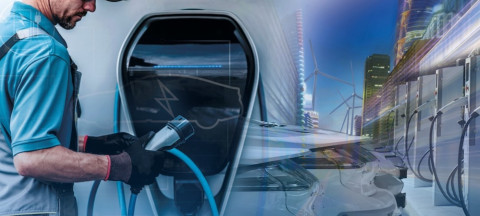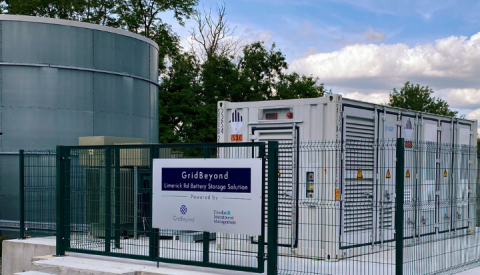Smart City Mission centers carry out COVID-19 ops
India's hi-tech 100 Smart City Mission was just taking off when the coronavirus struck. A little tweaking, and the war against the pandemic is being fought better, with technology and monitoring helping to contain the spread of COVID-19.
The 45 Integrated Command and Control Centers (ICCC), set up under the Mission, across the country have
been converted to emergency COVID-19 war rooms, that are more like hi-tech control rooms. These have the capabilities to track the functions of municipalities at the click of a button - like CCTV security, traffic management, bus movement monitoring, etc. - were commandeered overnight and turned into war zones to battle the virus.
Quarantine facilities are now being monitored on multiple screens, free Wi-Fi facility is being provided to quarantined people, and emotional support given; the health of suspected patients and their home quarantine is being tracked; monitoring the roads and traffic through drones is underway; and awareness messages are being conveyed through help lines.
All the 100 cities have deployed their best strategies. For example, Bengaluru converted its command and control center into a coronavirus war room within 24 hours. This center mapped each COVID-19 positive case using GIS, tracked health care workers through GPS, and drew up containment plans using heat mapping technologies. As per a Bruhat Bengaluru Mahanagara Palike (BBMP) press release, Bengaluru's municipality says the war room staff work 24/7 in three shifts. They are using the format provided by WHO: map the regions affected, take measures and monitor the degree of implementation.
Tirupati has taken innovation a notch higher and home delivers groceries and other essentials through the command center. Ujjain has set up a call center with calls classified into five categories: information about the viral symptoms, information sent about a likely infected patient, a support system for quarantined/isolated people, etc. and other calls with related problems such as non-availability of essential goods.
According to sources, the Ministry of Housing and Urban Affairs, the nodal ministry for the 100 smart cities, has compiled a list of best practices. The innovative ideas to fight the coronavirus and develop tracking systems to ensure all suspected patients and contact lists are covered, would now be shared with urban development secretaries of all States.
Prana-Vayu indigenous ventilator
Indian Institute of Technology, Roorkee (IIT-R) in collaboration with the All India Institute of Medical Sciences (AIIMS) Rishikesh, has developed a low-cost, portable ventilator to effectively treat COVID-19 patients. The R&D of the ventilator named Prana-Vayu, started during lockdown necessitating the two IIT-R research team professors, Prof Akshay Dvivedi and Prof Arup Kumar Das, to be in remote communication with Dr Debendra Tripathi from AIIMS Rishikesh for his medical guidance.
Many of the parts like microprocessor-controlled non-return valves, solenoid valves, and one-way valve were developed at the Tinkering Laboratory of IIT-R. The ventilator requirements for Prana-Vayu have been tested on a test lung. Keeping ease of portability as a priority, the ventilator is 1.5 ft x 1.5 ft.
It was presented to around 450 industries in a webinar organized by the Confederation of Indian Industries (CII) and many have shown interest for its mass production. Prof. Ajit K Chaturvedi, Director - IIT-R, said, "We are committed to augmenting the efforts of the government in tackling the pandemic."
It is low-cost at approximately `25,000 per ventilator, reliable and can be manufactured easily and quickly. The fact that it does not require compressed air to function is a huge advantage in the light of make-shift hospitals and ICU wards being set up around the country. Additional features include remote monitoring facilities, touchscreen control of all operating parameters and temperature control for inhaled air.

























